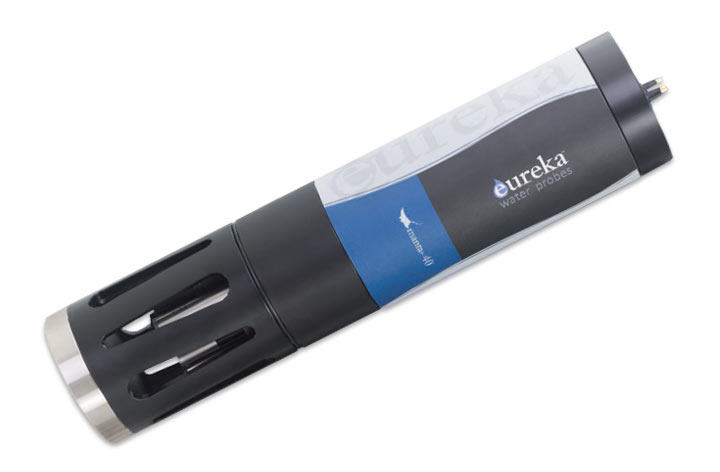Measuring for OBA (Optical Brightening Agents)
Optical Brightening Agents (OBAs) are a class of fluorophores that emit light in the blue range (415-445nm) and are commonly added to modern laundry detergents to compensate for discolouration of clothing with age. Due to mixing of grey - and wastewaters in most residential plumbing systems, OBAs can be detected in both septic tanks and sewage systems. Hence, measurement of OBA fluorescence can be used to track polluting organic matter sources.
Optical brighteners are compounds that are excited by wavelengths of light in the near-ultraviolet (UV) range and then emit light in the blue range. The molecules in the fluorescence are excited due to the absorption of light and emit a small amount of heat. The fluorescence from the second excited state is then measured by fluorometers. Optical brighteners decompose quite slowly they serve as ideal indicators of illicit discharges in storm drains, leaking pipes from community wastewater treatment systems and septic tanks. The advantages of using optical brighteners for detecting wastewater is that detection is instantaneous and large numbers of sample can be analyzed in short periods of time. It can assist in pollution screening and source identification.








